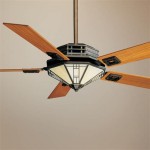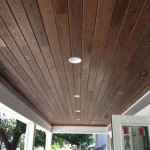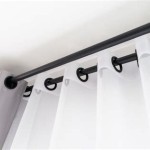1.
Acoustic ceiling panels are designed to absorb sound and reduce echoes and reverberations in a room. These panels are often installed in commercial spaces, such as classrooms, offices, and auditoriums, to reduce the sound levels in the space. The panels are made of porous material and come in a variety of shapes and sizes. In this article, we’ll discuss the basics of acoustic ceiling panels, the types of materials they’re made of, and how they can be used to reduce noise levels in a space.
What are Acoustic Ceiling Panels?
Acoustic ceiling panels are made of porous material that absorbs sound waves, reducing the sound levels in a room. They can be hung from the ceiling or attached to the walls to create a sound dampening effect. The panels are typically made from fiberglass, open-cell foam, or other sound-absorbing materials. They come in a variety of shapes and sizes, depending on the desired effect.
What are the Benefits of Acoustic Ceiling Panels?
Installing acoustic ceiling panels in a space has a number of benefits. These panels can reduce the echo and reverberation in a room, making the sound clearer and more intelligible. This is especially useful in commercial spaces, such as classrooms, offices, and auditoriums. The panels also help to reduce noise levels in the space, creating a more comfortable environment and allowing people to concentrate better.
What are the Different Types of Acoustic Ceiling Panels?
Acoustic ceiling panels come in a variety of materials, shapes, and sizes. The most common materials used for acoustic ceiling panels are fiberglass, open-cell foam, and other sound-absorbing materials. The panels can be pre-cut or custom-made to fit any space. The panels can also be painted to match the interior design of the room.
How to Install Acoustic Ceiling Panels
Installing acoustic ceiling panels is not a difficult process. The panels can be attached to the ceiling or walls with screws or adhesive. The panels can also be hung from the ceiling. It is important to make sure that the panels are securely fastened to ensure that they remain in place. Additionally, it is important to seal any gaps between the panels and the walls or ceiling to ensure that sound does not escape.
Conclusion
Acoustic ceiling panels are a great way to reduce noise levels and create a more comfortable environment in a space. The panels are available in a variety of materials, shapes, and sizes, and can be installed easily. By understanding the basics of acoustic ceiling panels, you can create a more enjoyable space for everyone.














Related Posts








